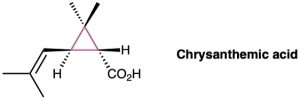Figure 4.1 The musk gland of the male Himalayan musk deer secretes a substance once used in perfumery that contains cycloalkanes of 14 to 18 carbons. (credit: modification of work “Siberian musk deer in the tiaga” by ErikAdamsson/Wikimedia Commons, CC0 1.0)
We’ll see numerous instances in future chapters where the chemistry of a given functional group is affected by being on a ring rather than an open chain. Because cyclic molecules are encountered in most pharmaceuticals and in all classes of biomolecules, such as: proteins, lipids, carbohydrates, and nucleic acids, it’s important to understand the behavior of cyclic structures.
Although we’ve only discussed open-chain compounds up to now, most organic compounds contain rings of carbon atoms. Chrysanthemic acid, for instance, whose esters occur naturally as the active insecticidal constituents of chrysanthemum flowers, contains a three-membered (cyclopropane) ring.

Prostaglandins, potent hormones that control an extraordinary variety of physiological functions in humans, contain a five-membered (cyclopentane) ring.

Steroids, such as cortisone, contain four rings joined together—three six-membered (cyclohexane) and one five-membered. We’ll discuss steroids and their properties in more detail in Sections 27.6 and 27.7.



